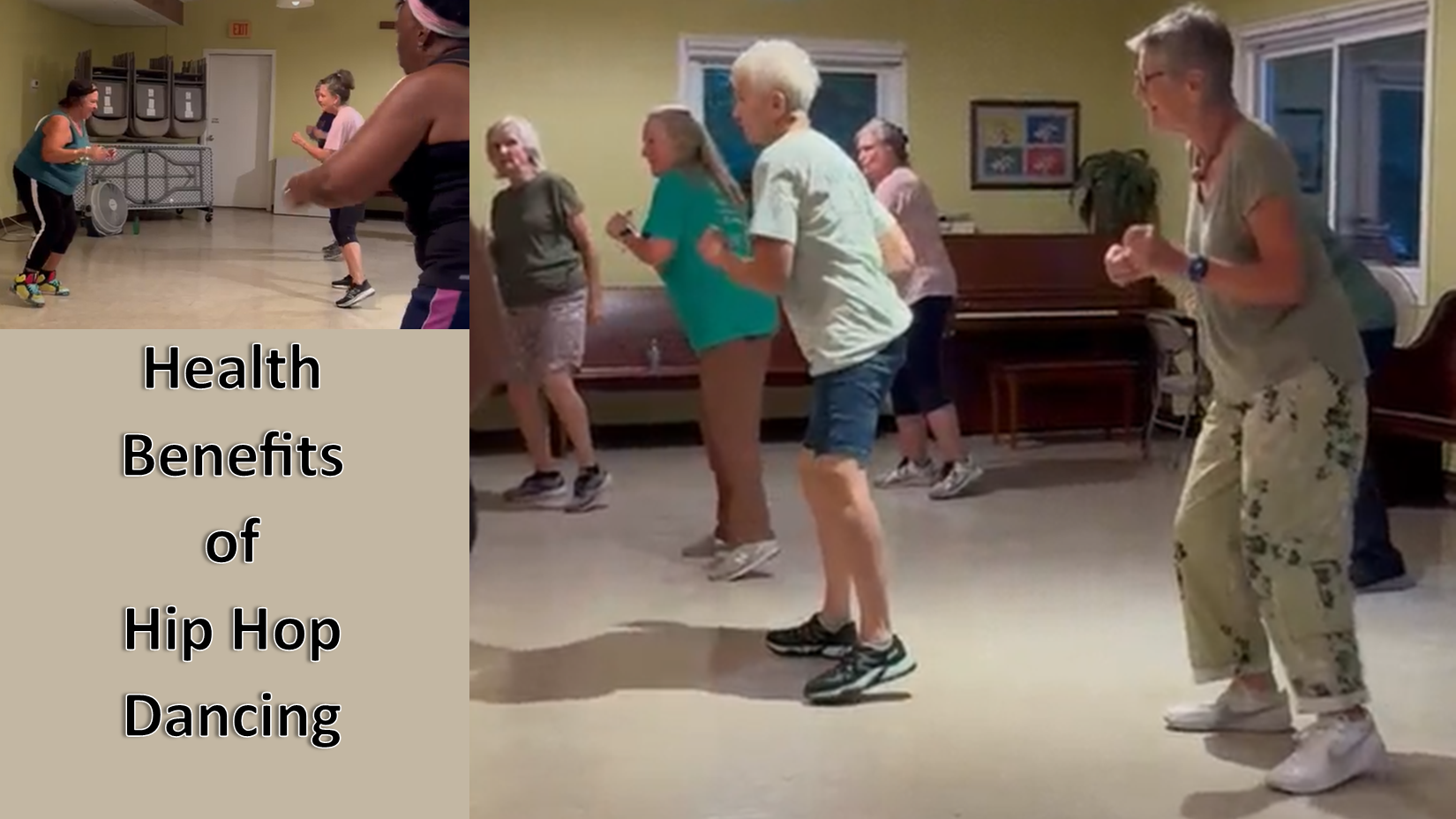Hip-hop dance began during the late 1960’s and early 1970’s, originally inspired by the movements of African dancing, and flourished as a new style of dance performed on the street for the people. Hip-hop incorporates aspects of modern dance, tap, and swing, integrating music and complex movements to form artistry.
It emerged as a cultural movement among African American and Latino communities, primarily in the Bronx. Hip hop dancing originated as a form of expression and rebellion against social and economic disparities, providing an outlet for self-expression and creativity.
The pioneers of hip hop dancing, known as b-boys and b-girls, developed their own unique style and moves. They incorporated elements from various dance forms, such as breaking, popping, locking, and freestyle, to create a dynamic and energetic dance style. Breaking, in particular, gained popularity with its acrobatic moves, floor work, and intricate footwork.
One of the key aspects of hip hop dancing is its improvisational nature. Dancers often engage in battles or cyphers, where they showcase their skills, creativity, and ability to respond to the music. These competitions became integral to hip hop culture, fostering a sense of community and providing a platform for dancers to gain recognition.
Hip hop dancing continues to evolve and adapt, reflecting the changing times while staying true to its roots as a form of artistic and cultural expression.
Hip Hop Dancing can boost your mood, improve your self-esteem, and help with anxiety. It’s also a great full-body cardio workout that can help you develop strength, improve heart health, and achieve a healthy weight. Because it’s fast-paced and uses a wide range of movements, there are several health benefits of hip-hop dance:
Cardiovascular Health Improvement:
Hip-hop dancing is a great aerobic exercise. This form of exercise increases your heart rate, helps you release endorphins, and eliminates waste from your system.
Improved Flexibility:
Due to the wide range of moves used in hip-hop dancing, a regular dance class can help you build muscles and improve joint and tendon health.
Reduces Stress and Anxiety:
The anaerobic benefits of vigorous exercise include boosting neurotransmitter activity. Studies suggest that 20 minutes of aerobic exercise is enough to help with depression and anxiety.
Increases Confidence:
An often-overlooked benefit is that dancing can increase your confidence through learning a new skill.
Improves Cognitive Abilities:
Researchers believe that exposure to dance and music can support cognitive development in children. Hip-hop is also an excellent form of exercise for improving motor skills.
Enhances Social Skills:
Learning to follow directions in class and interacting with other dancers is a fun way to develop your social skills.
Strengthens Your Bones:
Dancing is a high-impact weight-bearing exercise that promotes stronger bones. It can help those at risk of developing osteoporosis.
Helps Promote Teamwork:
Working on group choreographies and progressing with other dancers is a great way to learn about teamwork.
Weight Management:
Hip-hop will tone your body like never before. A typical hip-hop class is a fast-paced, sweaty, and challenging workout. Moving to the beat is a great way to sweat off that excess weight. Depending on the intensity of a dance workout, you can burn five to ten calories per minute.
Overall Physical Fitness:
Hip-hop can improve your overall physical fitness by improving your flexibility, muscle tone, cardiovascular health, and mental health.
If you would like to learn Hip Hop Dancing register for the next Poolesville Seniors class on November 18th at 6:30 p.m.

